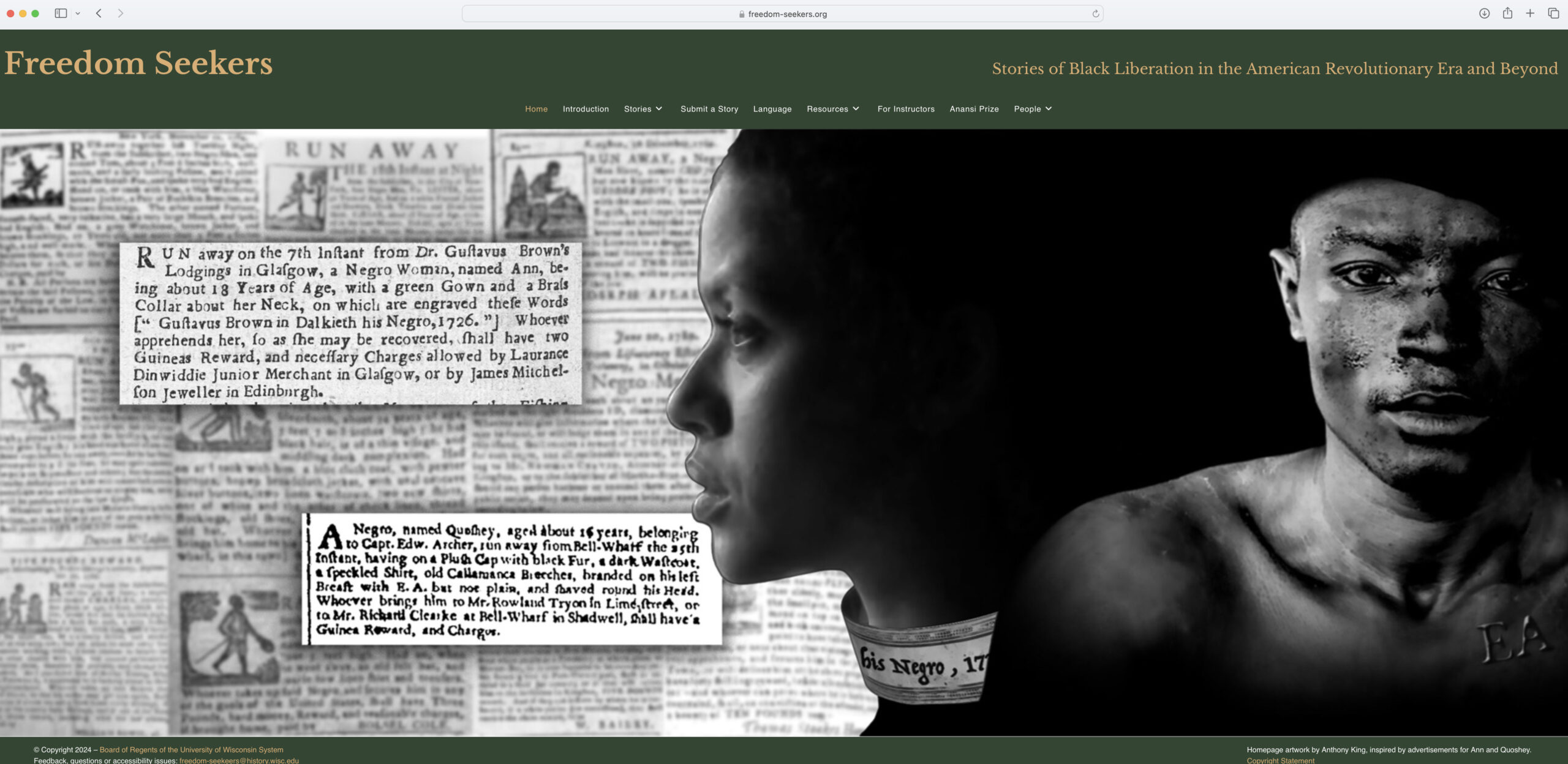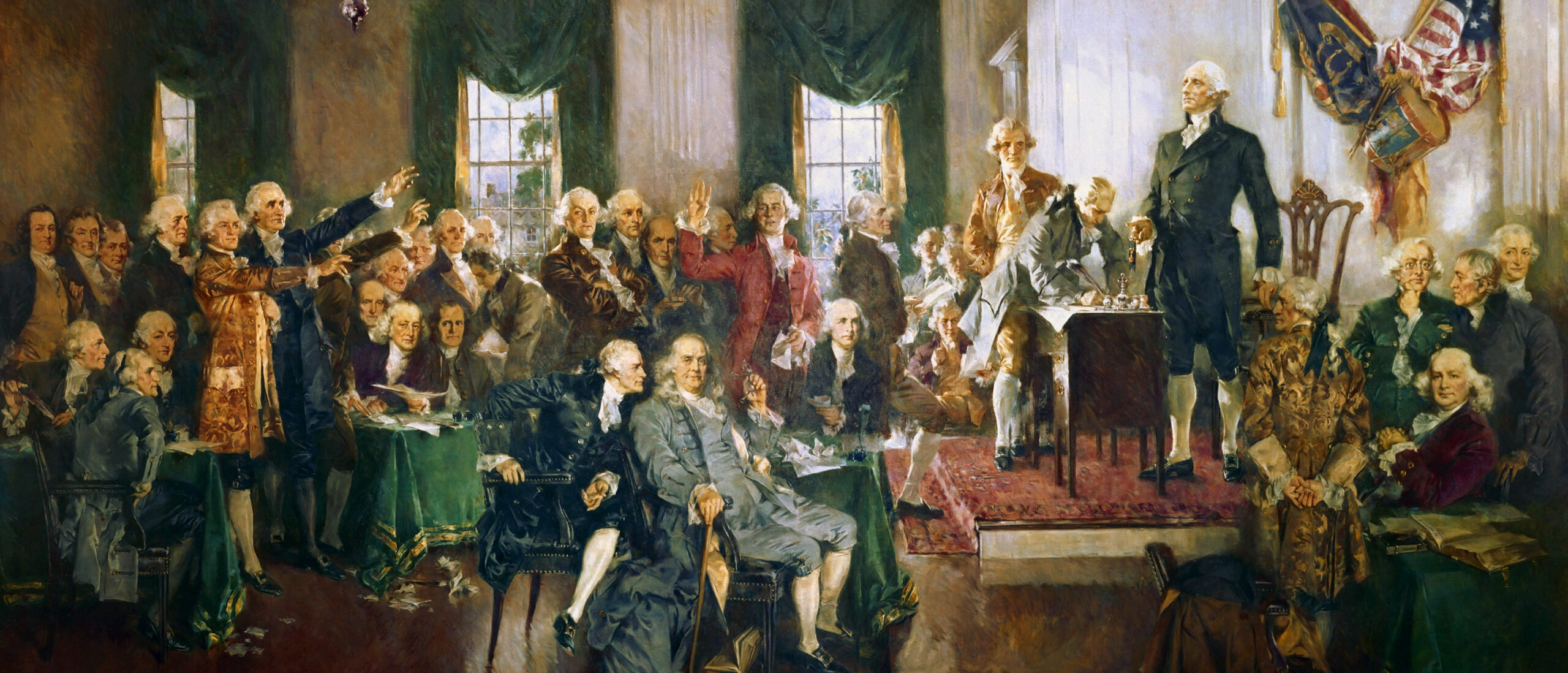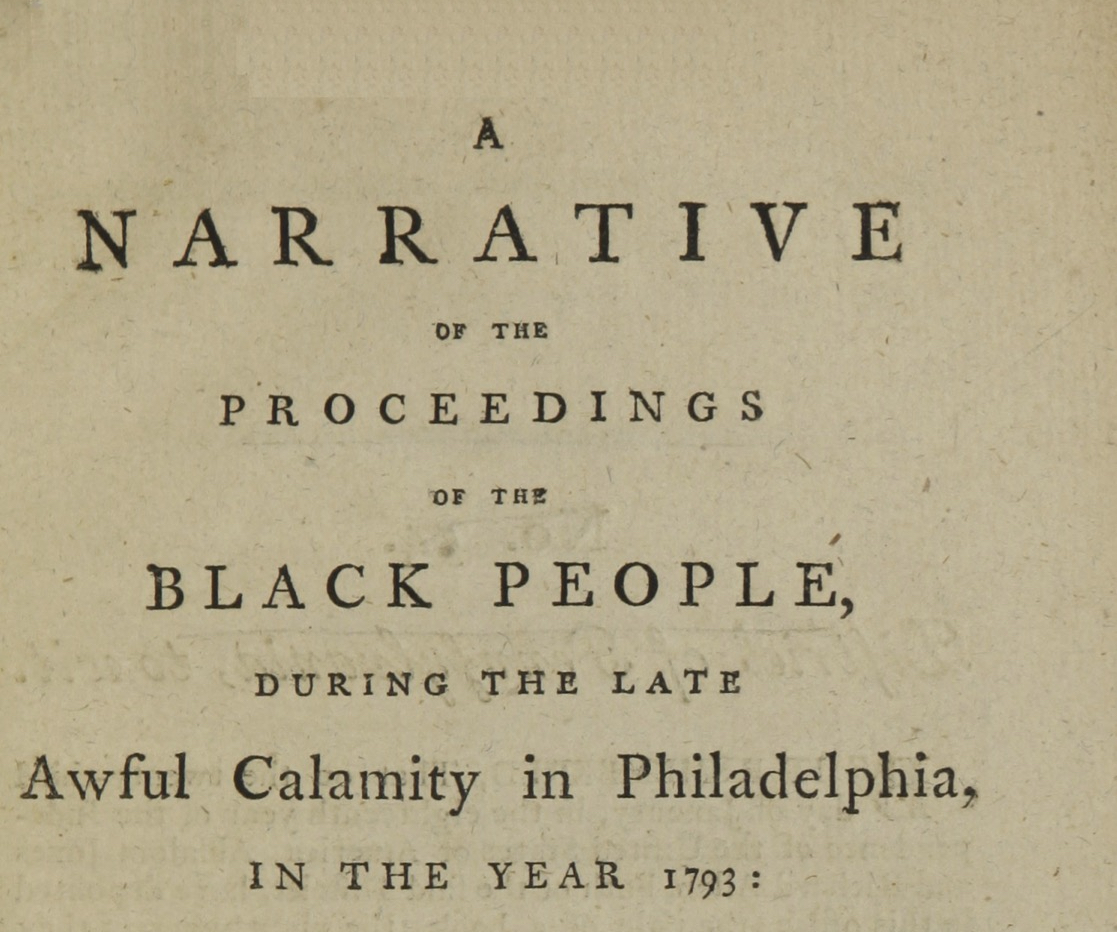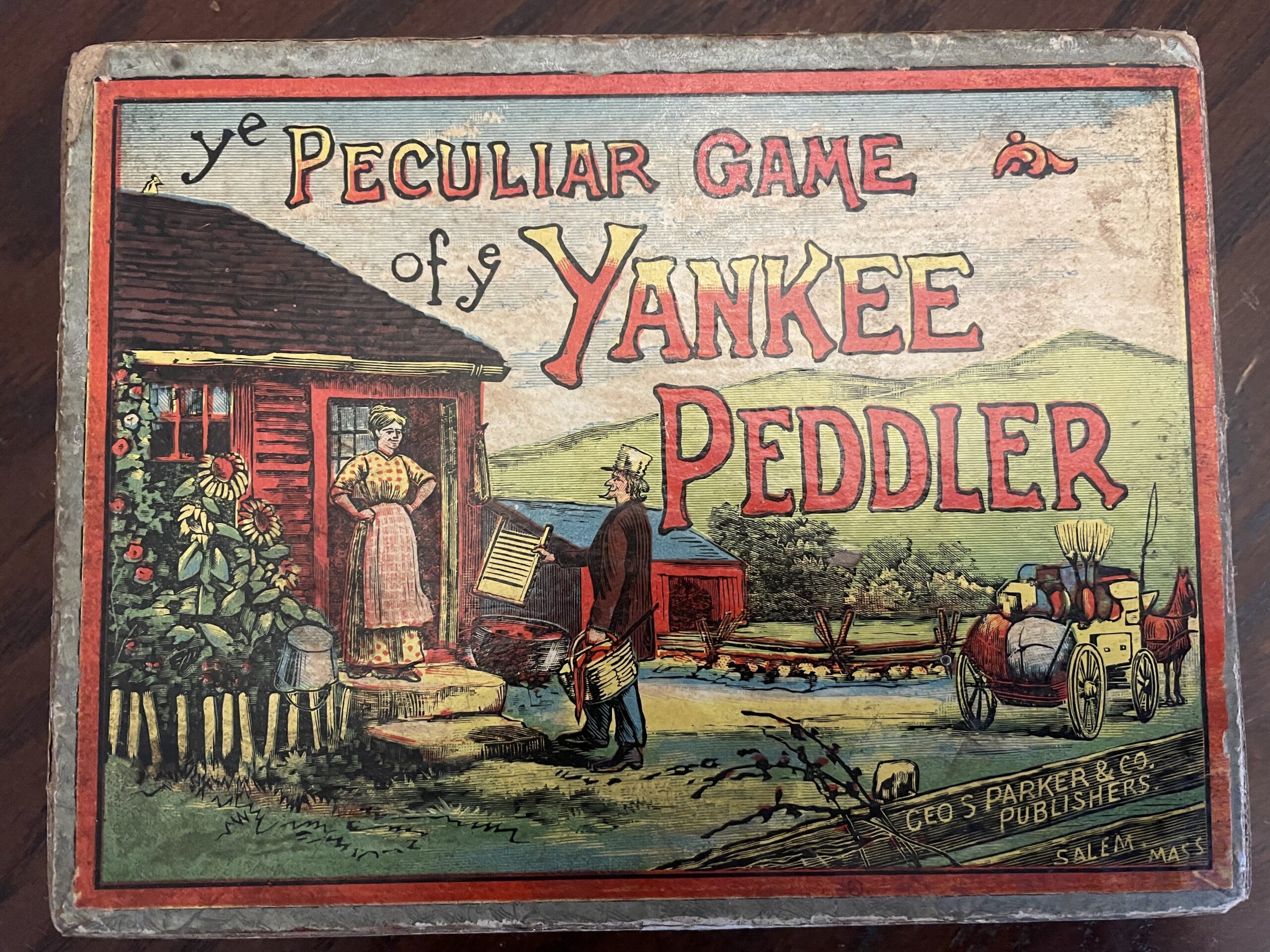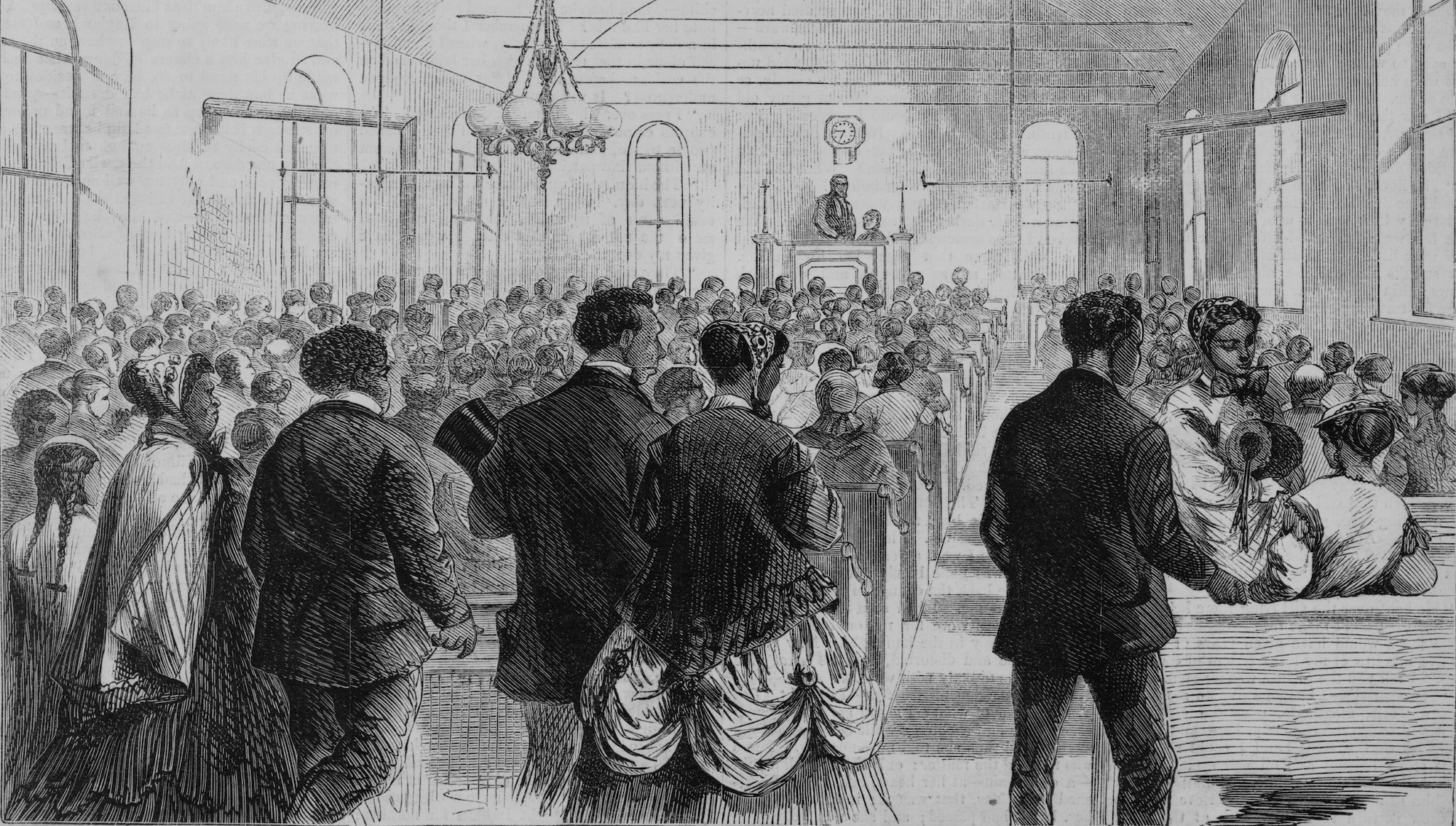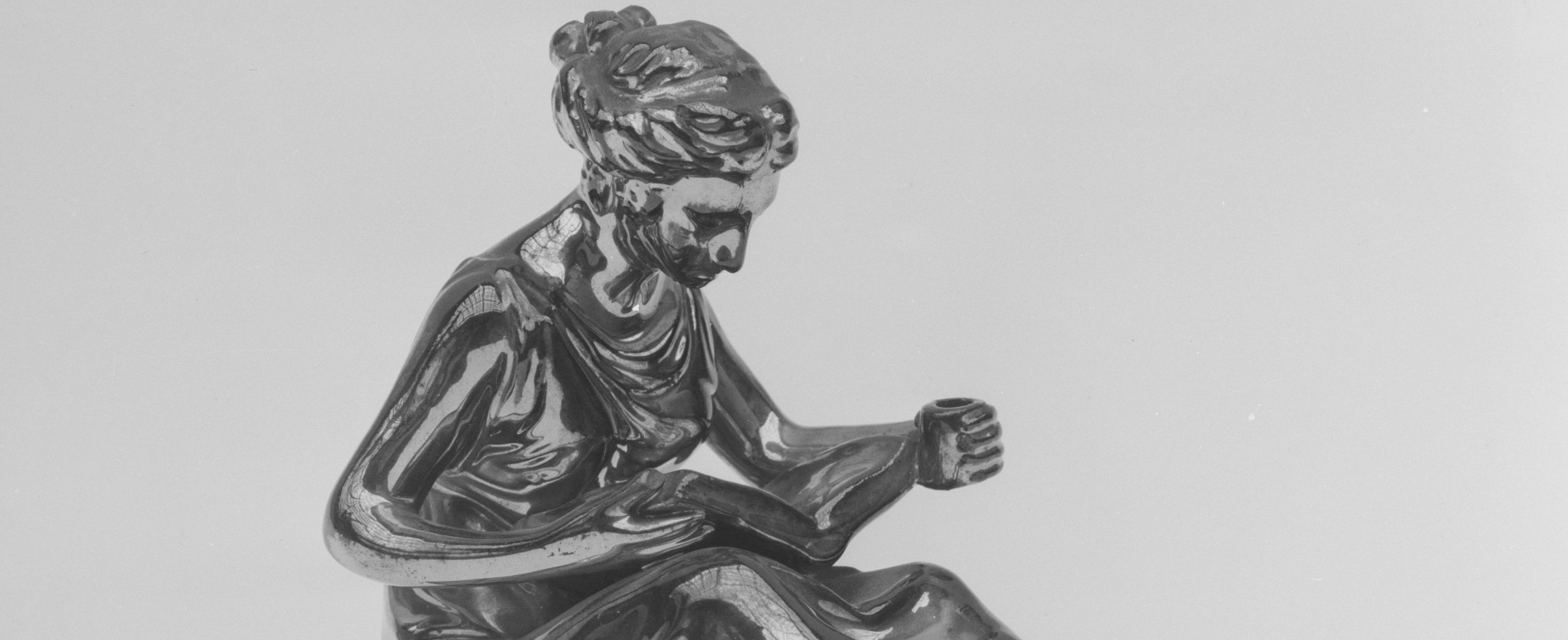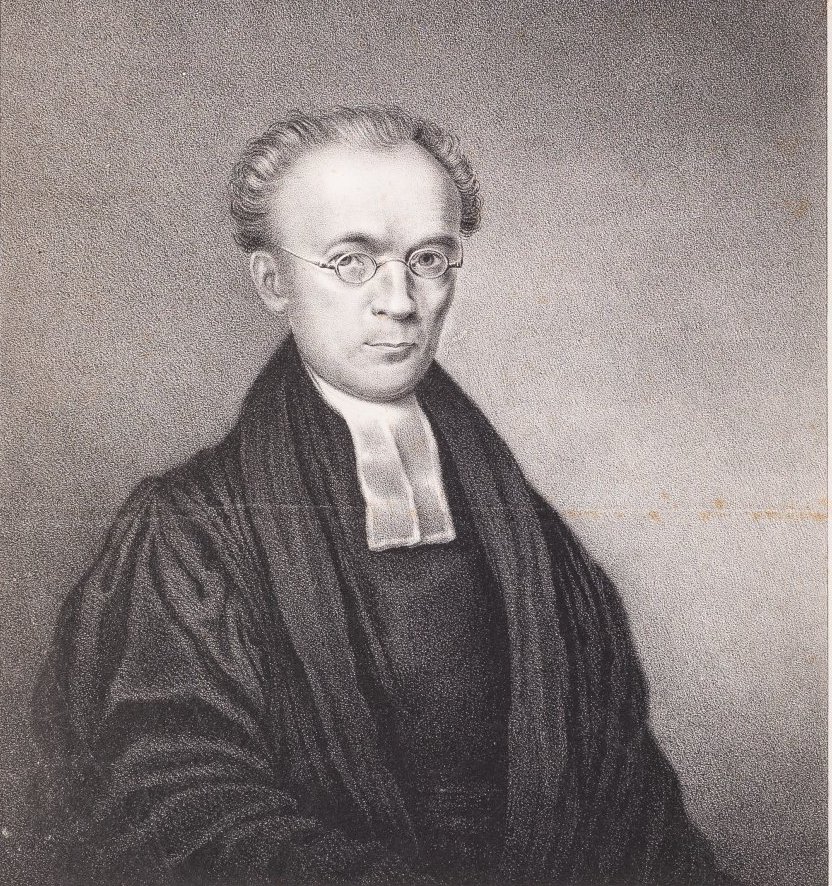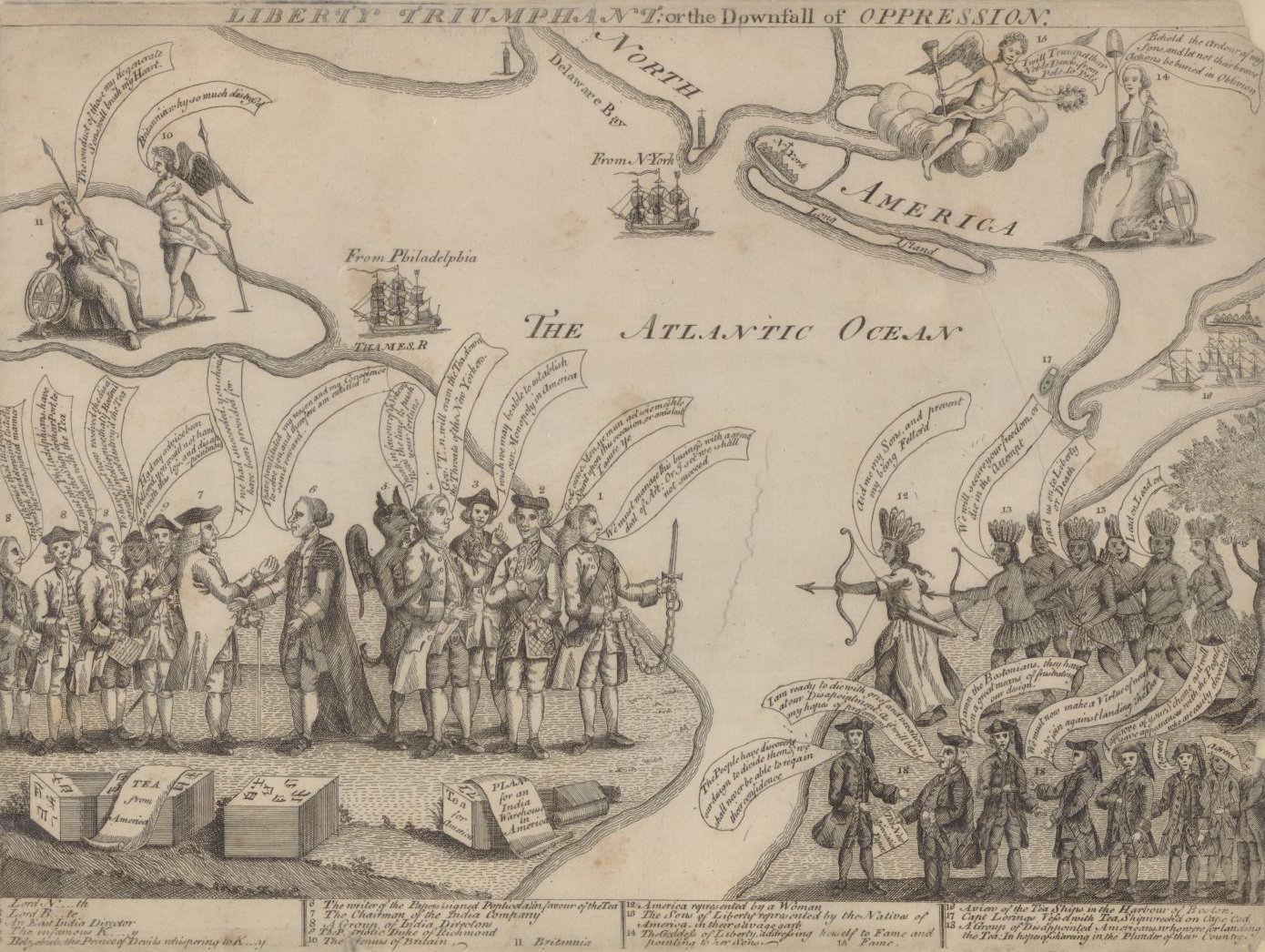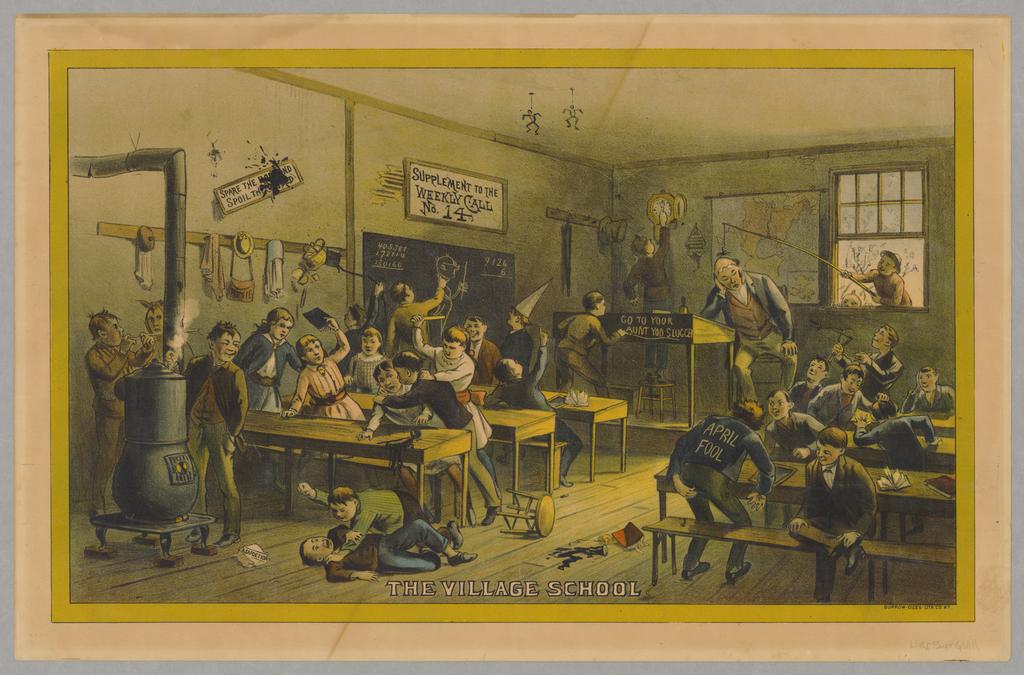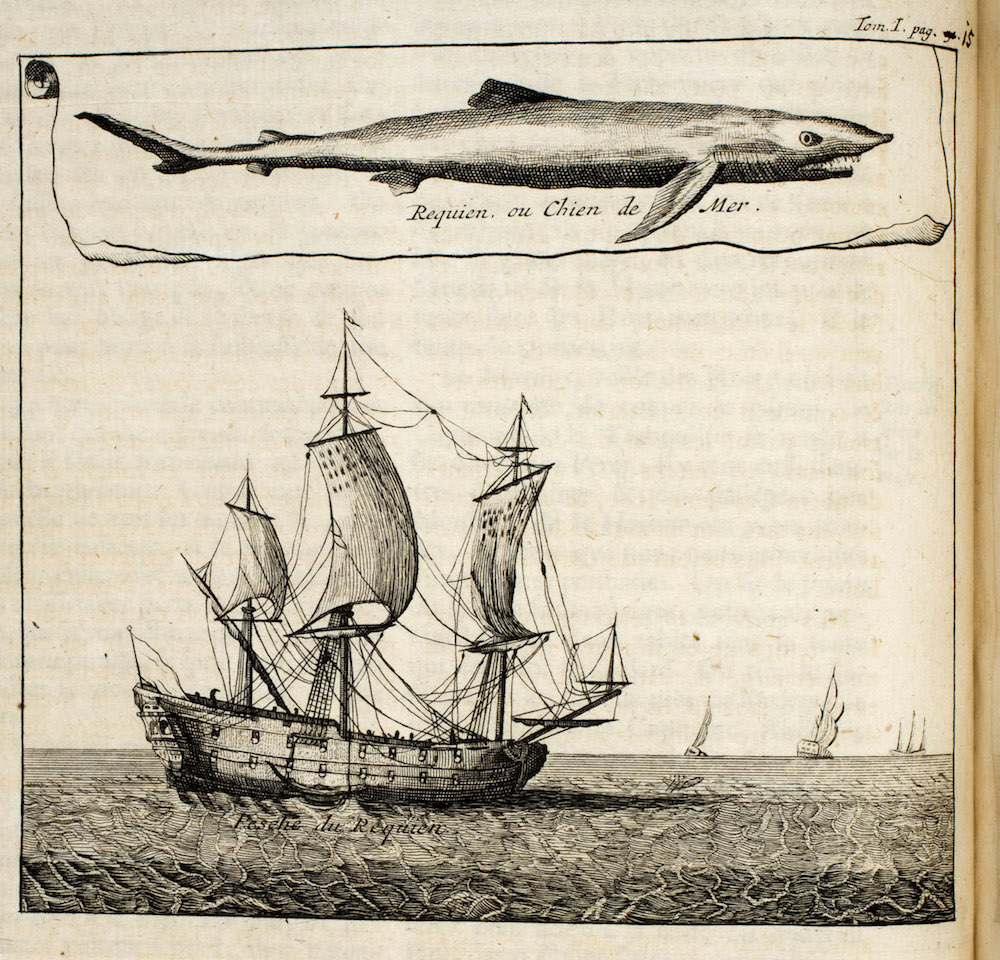
Thinking about women in slavery
I suppose I will begin with a confession: Initially, I had no intention of writing about reproduction. I distinctly remember (after crafting dissertation proposals and grant applications) that I was intent on a study of women that did not reduce their lives to the domestic. Of course, in retrospect, I can see that in part this research plan I’d crafted was excessively narrow. In many respects I had accepted a slightly retrograde position regarding the lives of women—despite a high comfort level with feminism and feminist theory, I’d managed to incorporate an unproblematized notion of reproduction as “less than,” as apolitical, as the space outside of the Real. I suppose that, in part, I believed that the truly revisionist gesture would be to refuse an overly determinist and embodied association between women and the domestic sphere. I wanted to understand the lives of enslaved women as laborers and to think about the ways that their gender identity may or may not have crafted a particular response to their enslavement and to the world of work around them. I also had a set of questions about resistance and about the extent to which women’s participation in slave revolts may or may not have been misunderstood. What I wanted, then, was to firmly situate women into categories that I already understood to be central to the study of slavery—categories that I also knew to be primarily populated by unmodified “slaves” in scholarship that almost always neglected to center gender.
That was the plan, anyway.
Luckily, while I arrived in the archives with this semiformulated analytic frame, I also arrived knowing that I needed to cast an extremely wide net in my search for source material. That meant reading and transcribing anything on Barbados and South Carolina in my predetermined time periods that included the word negroe or slave. And so it was in my struggle to make sense of the source materials that found their way into my notepads that I began to reconceptualize the project in light of evidence that quickly began to suggest a project on reproduction. Reproduction meaning both the physical act of childbearing and birth but also, of course, the act of creating and recreating communities of enslaved people. Reproduction meaning parenting and slave owning. Reproduction meaning the maintenance of or abandoning of ties of affinity between adults and children. Reproduction meaning the creation of racialized slave owners. In all these regards, reproduction is about enslaved women’s lives and also about the ways in which slave owners constructed the edifice of slavery upon the fictive and material lives of those they enslaved. And so, even as I mobilized the concept of reproduction, I remained keenly aware of the complicated symbolic terrain it covers and of my own struggles to bring that landscape into relief in my work.
In search of descriptions of women’s lives, I began looking for primary sources on seventeenth-century West Africa. I wanted to be able to talk about the practices and the assumptions that those women ensnared in the transatlantic slave trade were forced to leave behind. I knew that to read early modern travel narratives would require me to sort through descriptions embedded in assumptions about savagery and barbarism, and I was prepared for that kind of descriptive language. What I was not prepared for were the images of African women’s monstrous bodily experience of birth and childrearing. I began to keep a log of descriptions that focused on African women’s distended breasts or the claim that they gave birth without pain, and I soon realized that rather than a footnote to my discussion of West African cultural practices, these claims functioned as a window into the process by which race and racial slavery were articulated in and for both Europe and the New World. Reproduction thus became both theory and practice—a way to understand women’s lives, transatlantic trade, and racialist discourse.
And so I found myself thinking and reading about childbirth and about the ways in which women experienced pregnancy and birth historically. The obviousness of reproduction as a frame for hereditary racial slavery did not come quickly to me nor, I would argue, does it come so for most. Historians have rightly focused considerable attention on the ways in which family formation, and indeed the very foundation of heredity, were destroyed or mutilated under slavery. Marriage, parenthood, childhood, the interwoven relationship between family and geography—these are all destroyed or, at best, destabilized by the conventions of racial slavery. Moreover, the institutions of family and kin in many ways stand in direct contradistinction to the prerogatives of slave ownership and thus become intensely weighted with violence and violation rather than stability or, at the very least, the prosaic possibilities of family. Thus, reproduction or family formation gets understood primarily as a sight of resistance or as evidence of slave owners’ violence—both of which are important facets of slavery studies but neither of which fully encompasses the material and symbolic valence of reproduction as an analytic category. In this formulation, moreover, women and their bodily experience of birth get lost. I have come to believe that reconsidering women’s bodily experience of birth under slavery is critical because it is that process of thinking through the effect of racial slavery on the experience of birth that brings us much closer to accounting for the quotidian violence of the entire slavery system.
Perhaps part of the reluctance to grapple with the reproductive body under slavery has been connected to the ways that another category has driven the historiography of slavery in the colonial period. Historians of early African American history are often drawn to the concept of creolization to explain or explore the process of culture change that enslaved persons take on once in the Americas. Primarily as a means to think through social or cultural institutions like marriage or religion, the concept of creolization is rooted in a notion of linguistic transformation and helps us to understand the processes by which West African cultureways are maintained and transformed in the Americas. The concept entered studies on the African American past that were devoted to understanding the resilience and resistance of the enslaved and to unearthing the ways in which African culture survived the violence and violation of the Middle Passage. Because it is rooted in a commitment to the tangibility and materiality of culture as a grammatical system, it tends to evoke a before/after dyad that I find inadequate in dealing with the messiness of intimate change. Even in its most straightforward application, the creolization model implied that to be Creole was to be born in a place different from where your parents were born and to speak a language that was rooted in their tongue but that reflected the changed circumstances of your family life. And so, in the historiography of early slave societies you have two foundational concepts—hereditary racial slavery and creolization—that are entirely rooted in women’s reproductive lives and yet offer no particular place for women themselves. Reproduction, then, became the way in which I could both center women’s lives and think through the theoretical and symbolic implications of the systemic development of racial slavery and racial ideology without neglecting either gender or whiteness. It became clear to me that an entirely new logic of difference (that of “race”) had to be mediated through a familiar vector. European travelers and slave owners understood and had access to the reproductive bodies of the women they enslaved. The familiarity of those bodies is disrupted by mobilizing that which would otherwise most profoundly produce an understanding of a common humanity—childbirth. Either through claims that African women’s experience of childbirth was entirely distinct from the “descendents of Eve” or by treating the children and potential children of those women as objects of property rather than as members of families, slave owners constructed their own strictures of whiteness.
As more and more scholars work through the complicated logic of racial formations in the early American colonies and do so with a historicized body in the forefront, I am confident that the frame of reproduction will continue to resonate. We can look to ideologies of reproduction and the body to denaturalize and re-historicize embodied experiences and to center women in our histories. Particularly in times and places during which women left little or no record of their presence, thinking critically about reproduction forces our attention on those women—in part because those in power leave records that illuminate the central relationship between women’s reproductive lives and the production of citizens and subjects for the state—and to gendered frames of power more generally. In other words, we are no longer able to write the histories of the past without attention to both women and to gender. At the same time, I am not sanguine about the centrality of women’s lives in histories of early America for current or future historians. To unearth the lives of women—of African American women particularly—from the detritus of the archive remains a significant challenge. And once we have initiated the process of doing so, the women who emerge may not conform to our expectations of them. As I finished Laboring Women, I was struck mostly with the lingering sense of indeterminacy. What did it mean to be a mother under slavery? Do my efforts to answer that question even approximate the alchemy of pain and indifference and self-possession and bodily violation and emotional brokenness and integrity? My experience was that attempting to unearth that alchemy fundamentally challenged the theoretical models I had inherited. As I approach new projects on women enslaved in early American colonies, I will continue to grapple with the implications of a historical model in which race and gender are fully centered. I am not yet ready to offer premature congratulations for a historiography that has been repositioned by work on systems of race and gender, but I count myself as part of a growing community of scholars who are committed to exploring the transformative possibilities of this approach.
This article originally appeared in issue 6.2 (January, 2006).
Jennifer Morgan is associate professor of history and women’s and gender studies at Rutgers University. She is the author of numerous articles and the recent book, Laboring Women: Gender and Reproduction in New World Slavery (Philadelphia, 2004), one of the very few books on early America (and the only one we know on slave women) that focuses so intently on reproduction. Common-place asks Morgan, “What led you to that focus, and how did it reshape your understanding of the larger history of slavery in the Americas and of women more generally?”




